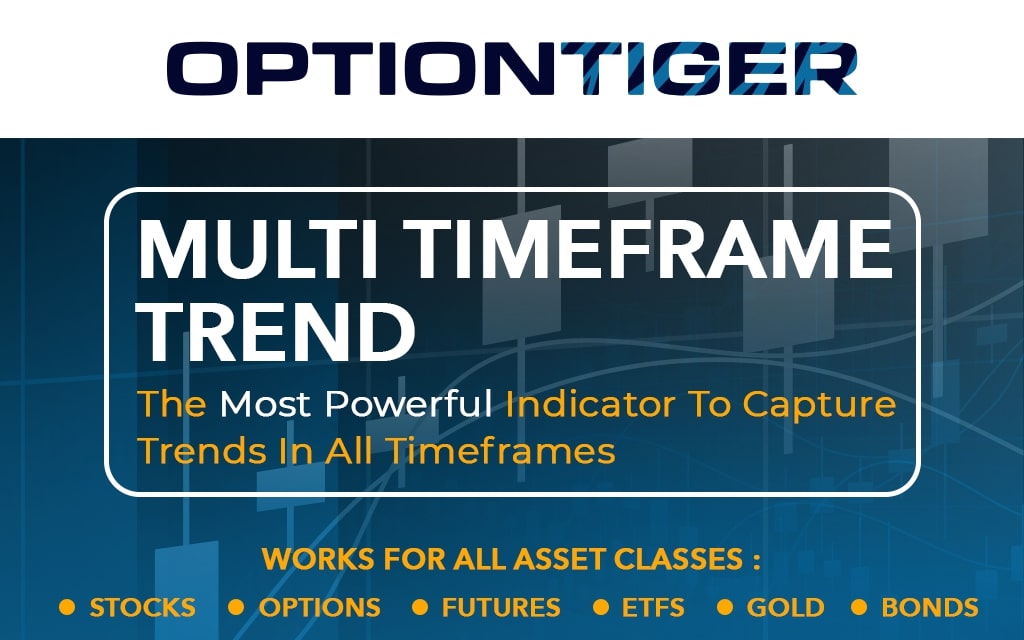Over the last few years, we’ve heard a lot about share buybacks. In fact, share buybacks are at historically high levels. This pattern has been going on for a few years now, and many US companies, holding large amounts of cash are putting it to use by buying back their own shares.
But what exactly does this mean ? And how should retail investors interpret this phenomenon ? There are several interpretations and it could mean one or more of the following:
1) In general, companies would (should) prefer to deploy cash into additional revenue generating avenues. This could be opening new factories, new products, invest in R&D, or building new businesses. These activities, over the long run, will produce a higher return on capital than if the money was just being held as cash. By using this cash instead to buy back its own shares, perhaps is a sign that these companies don’t feel confident of building additional revenue streams, at least in the prevailing environment.
2) Share buybacks can also mean a company is having serious issues with growth, specifically, growing the bottomline. As we all know, companies are valued in the public markets based on several parameters, but the chief ones are earnings, and earnings growth. The exact metric is EPS (Earnings per share). If a company has an EPS of $3/share, and the next year, they produce an EPS of $5/share, this is great. It shows that the company is growing nicely, right ? Well, this is the problem. Many companies use the share buyback trick to mask poor earnings performance. When a company buys back shares from the market, there are fewer shares in circulation. As a simple example, if there were 100 shares in the public float before a buyback, and a company buys back 25 shares, then there are only 75 shares in circulation. The EPS calculation now is much higher, and gives a false perception of growth or the health of the company.
3) Companies can be genuinely concerned about market conditions and/or their own stock price. If they feel their stock is undervalued, for whatever reason, it may be a good time to buy back some shares. And when the market eventually prices its shares according to what it deems to be a fair valuation, the company can make good profits by selling it back at that time. There is nothing wrong with this move. It’s just taking advantage of temporary situations in the markets. The key indicator is to see how much was the buyback relative to their other normal business investments for the year.
So how can a retail investor figure out which one is it ? Well, if you’re a “fundamental” investor, you must be familiar with poring through financial statements. This is the basis of your investment philosophy. There is plenty of information you can glean from financial statements. For example,
– How was revenue growth and compare that to EPS growth ? If you see strange numbers like revenue increased by 5% but earnings increased by 20%, that does not sound right. You’ll need to look for reasons why this happened. There may be a genuine reason – like a major cost cutting initiative that panned out very well. But whatever the reasons are, it’s important to understand them.
– How does the amount of share buybacks compare to say, their usual investments into new products or R&D. If a company normally (average last few years) invests $100M into R&D, and this year they invested only $20M but were involved in a large share buyback, that does not sound good.
Whatever the reasons are, retail investors should make sure it passes the “smell test”. A quick review of the financial statement should clearly reveal the nature and amount of buybacks, the reasons the company gives for these buybacks, and your own investigation into the numbers should reveal the true picture. If it smells fishy, then it probably is…Not every share buyback is to be interpreted as negative, although a majority are in some respect or the other. Would welcome your thoughts below.



Share buybacks are just a way corporate managers screw the shareholders to help boost the value of their stock options. If the company has that much extra cash then it should increase the dividend.